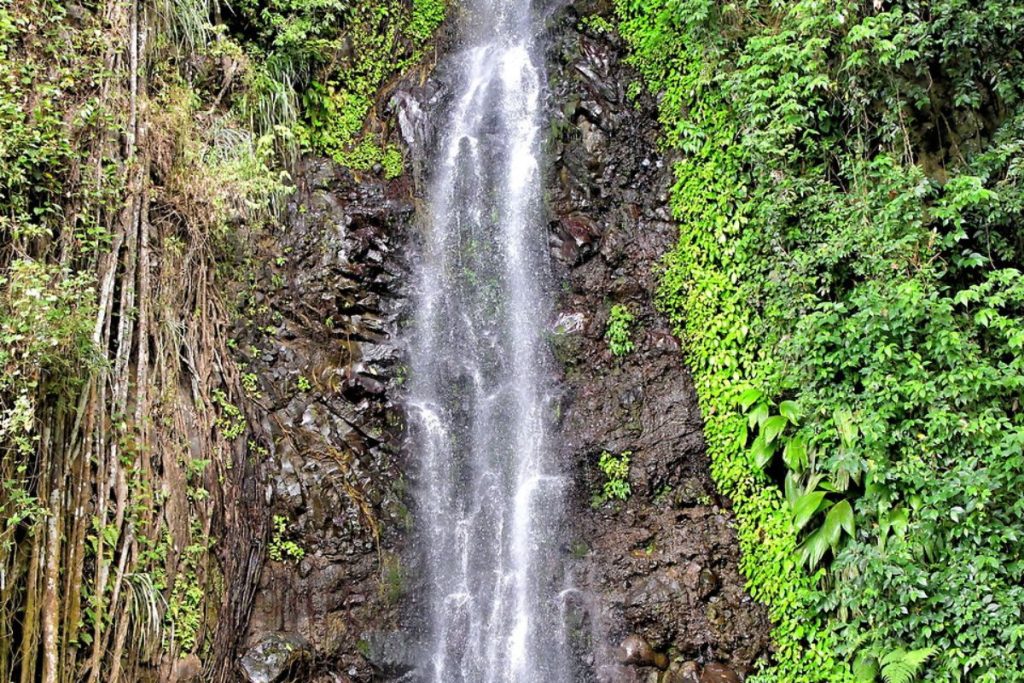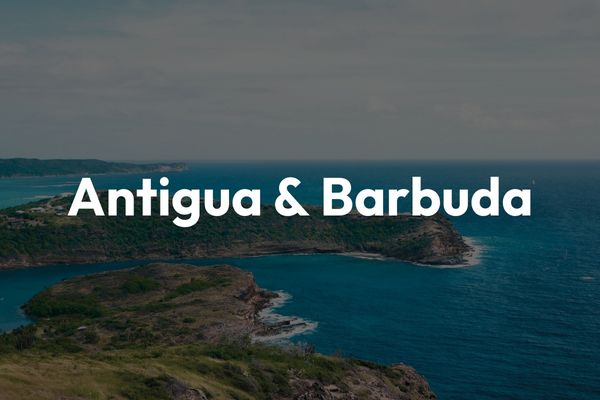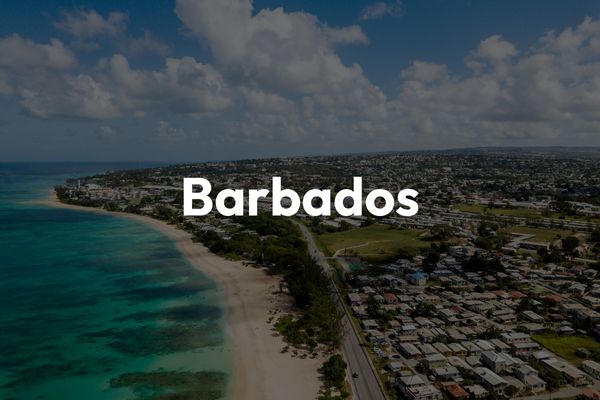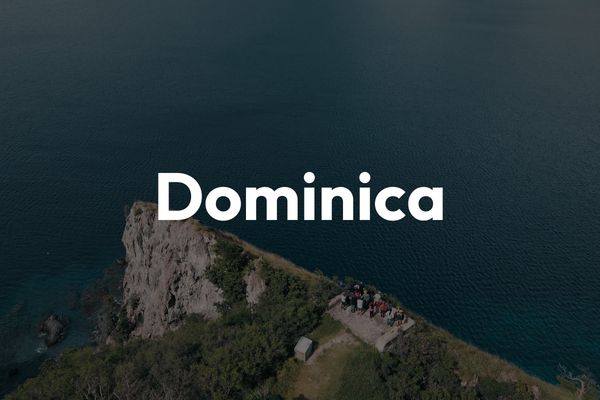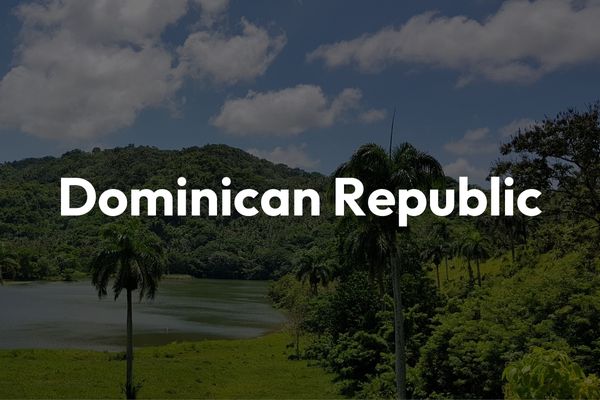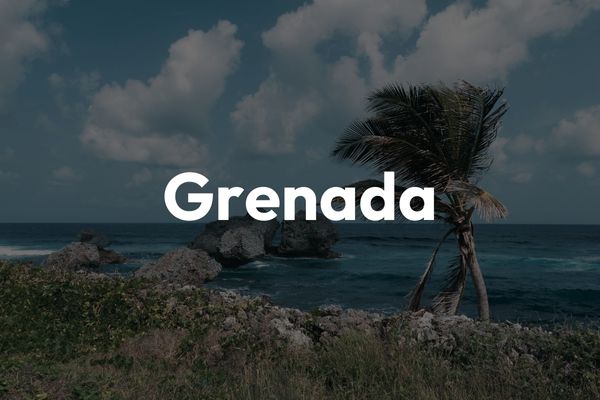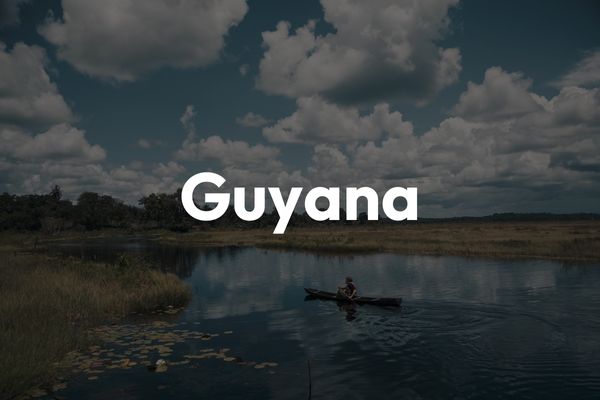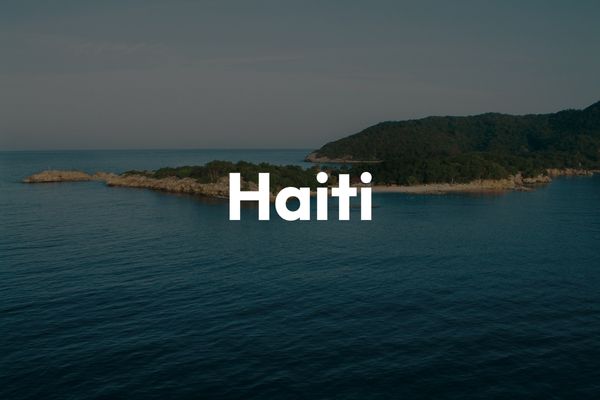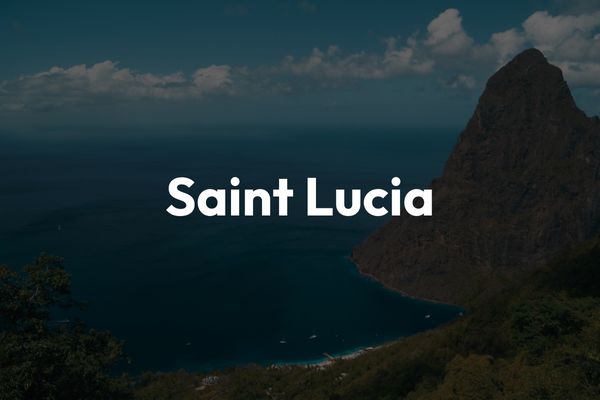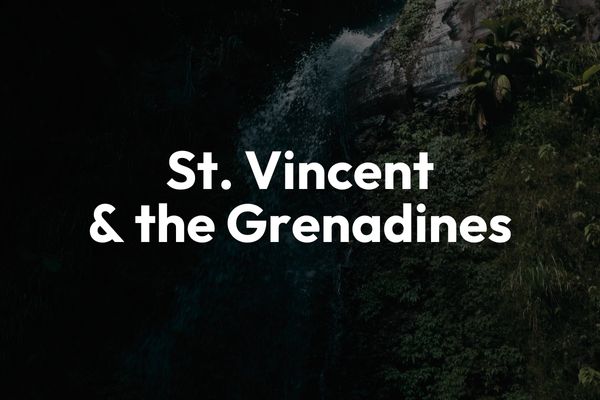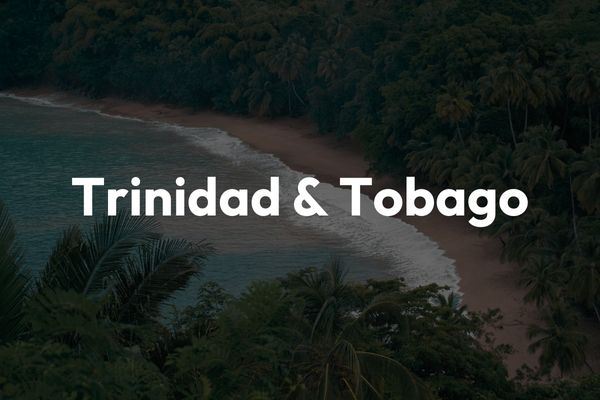An internationally recognized biodiversity hotspot, Antigua and Barbuda is particularly known for its marine and coastal environment. The islands and their waters support a number of globally and regionally important habitats and species. The Caribbean Biodiversity Fund supports projects that substantially contribute to healthy marine and terrestrial ecosystems, natural and human communities adaptive and resilient to change, and sustained ecosystems for future generations.
projects
0
implementing partners
0
Marine Protected Area
0
awarded funding
$
0
Local Partners and Beneficiaries
With funding from the Caribbean Biodiversity Fund, implementing organizations execute projects on the ground to create meaningful positive impact within the region.
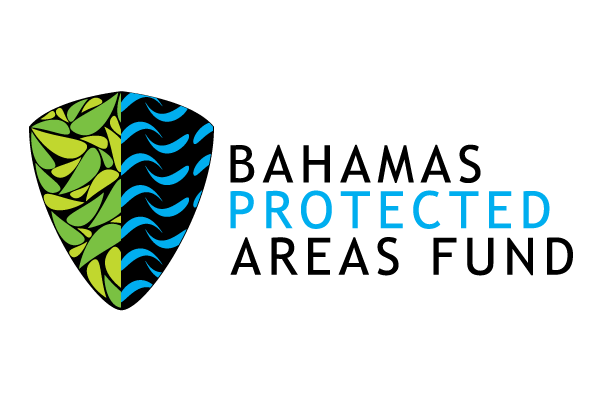
Our Work in the Country
From land to sea, the Caribbean Biodiversity Fund provides financing for projects that ensure healthy marine biodiversity and green infrastructure for The Bahamas.
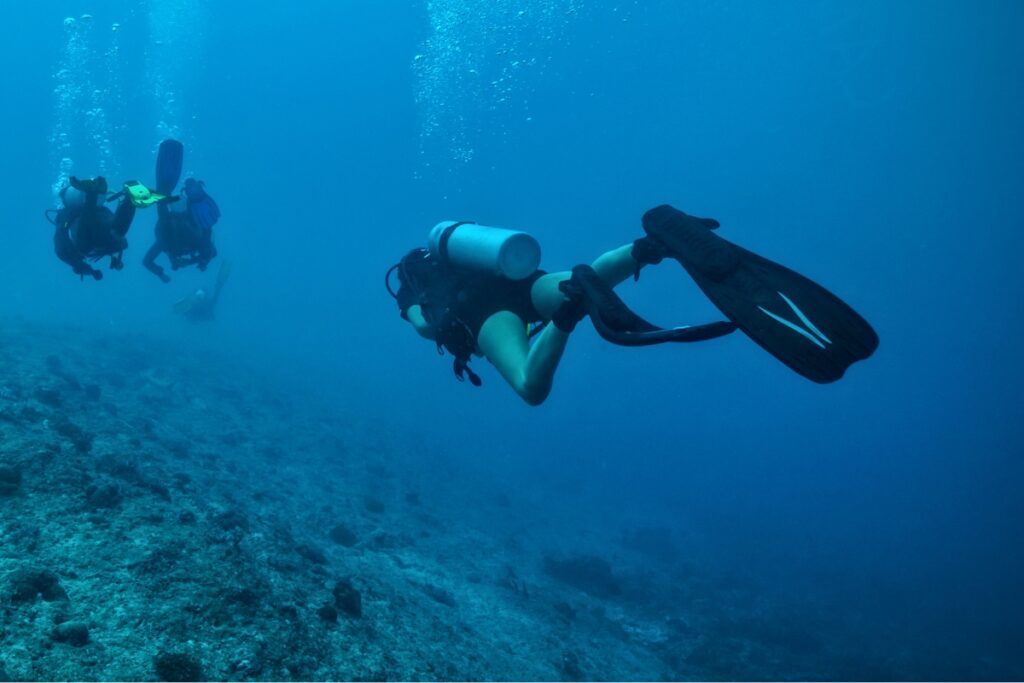
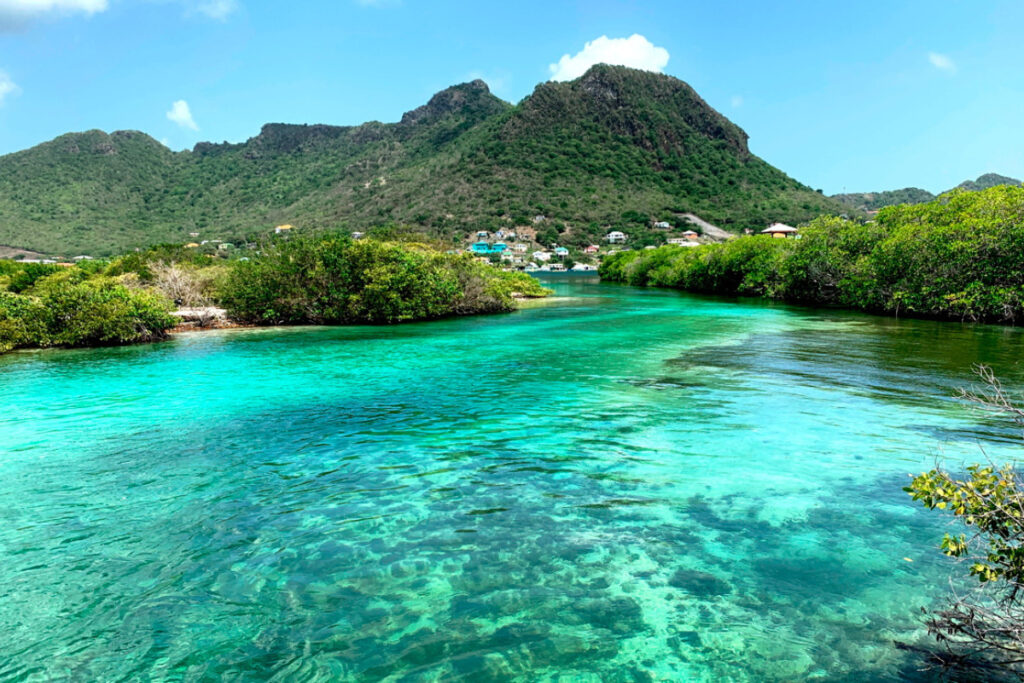
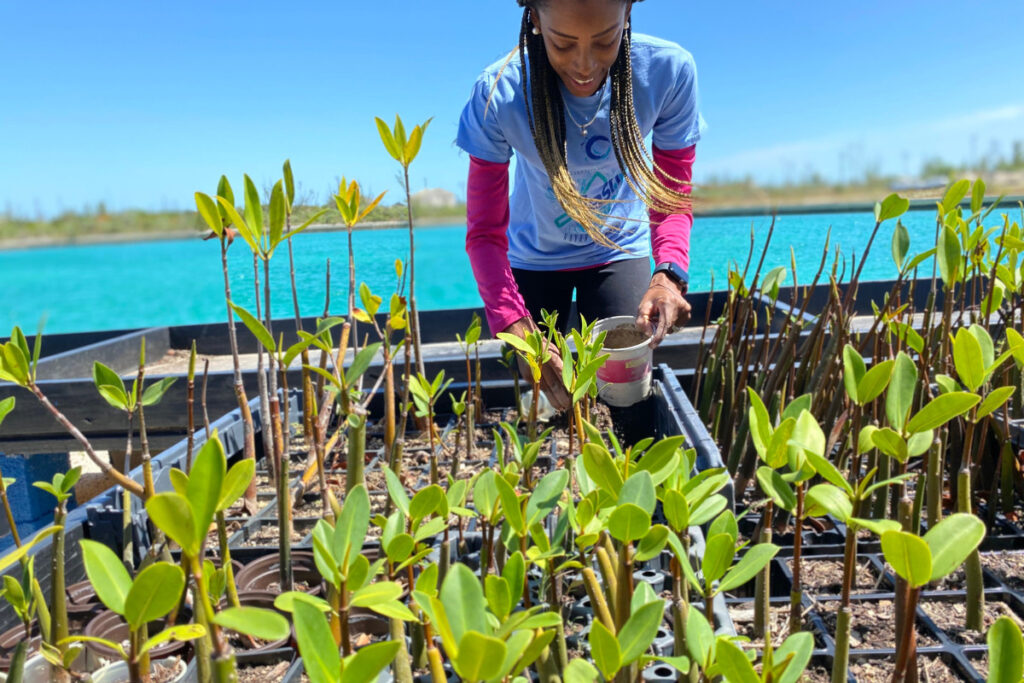
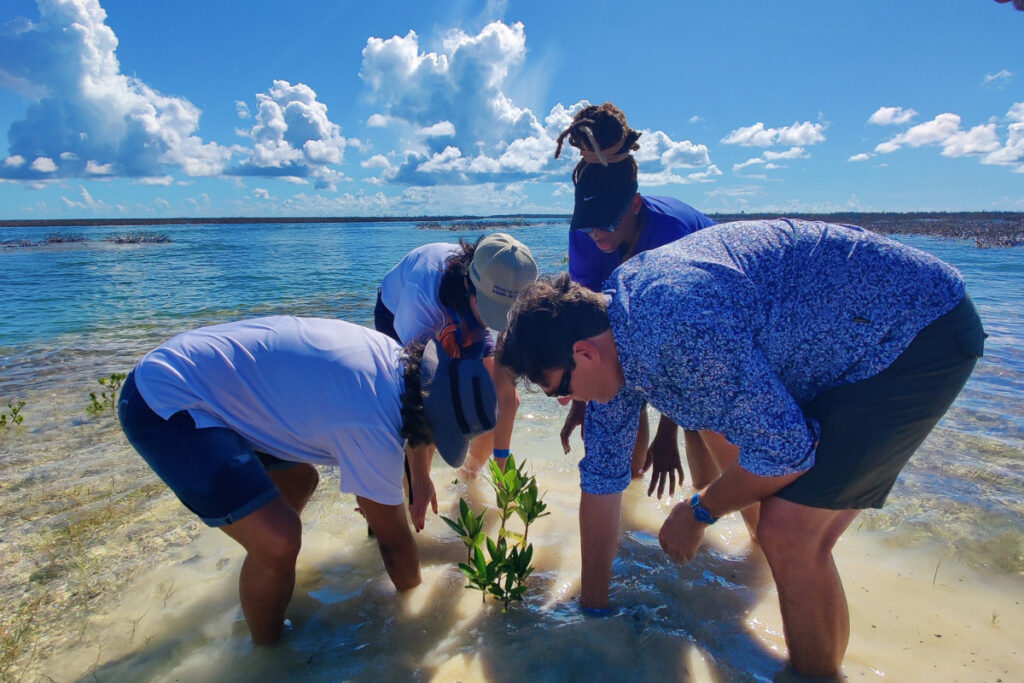
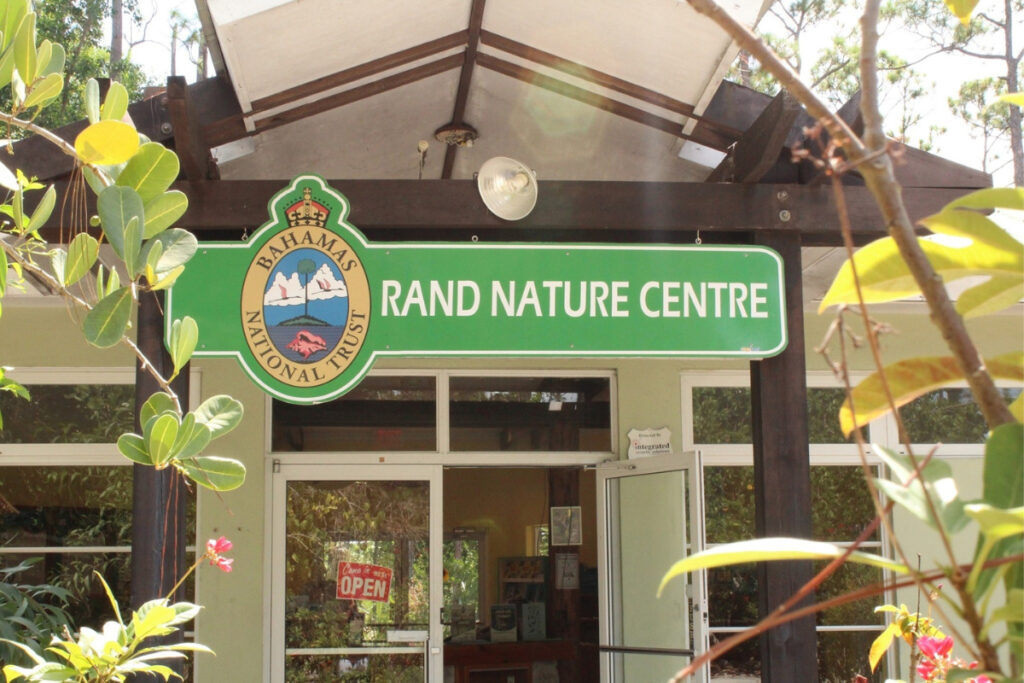
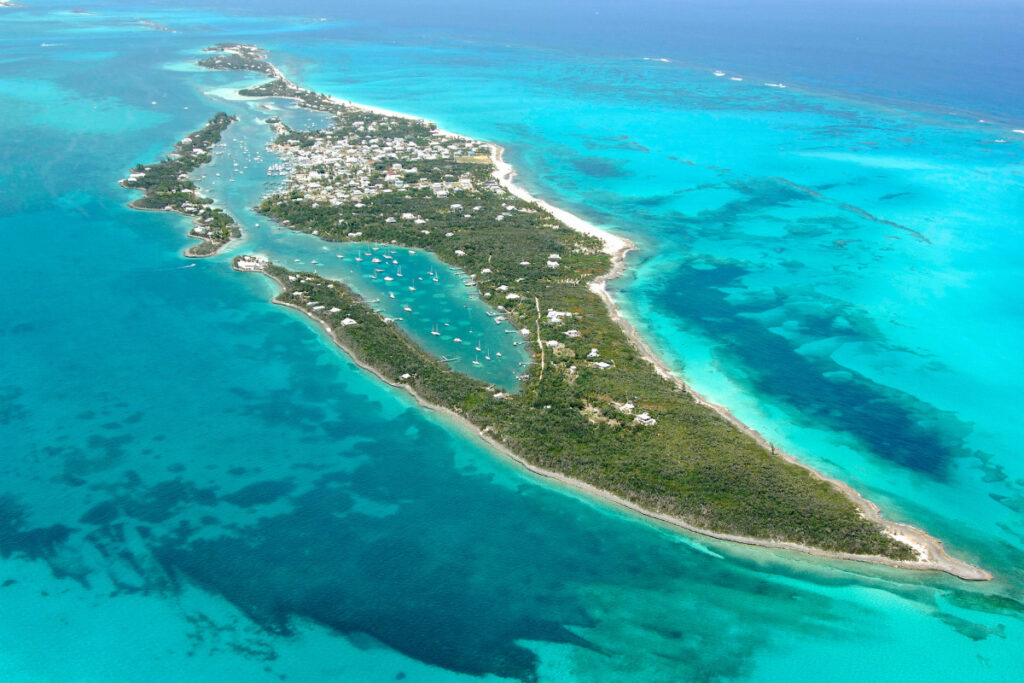

Project
Solarizing the UB-North Marine and Environments Science Field Station, formerly the UN-North Main Campus

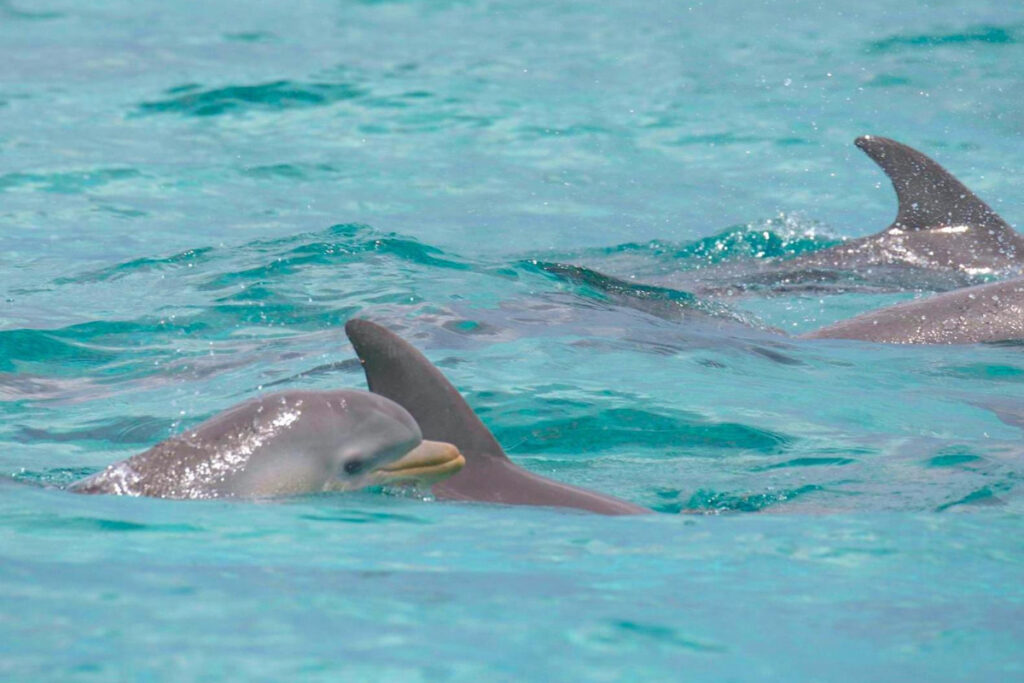

Project
Improving Sustainability and Building Resilience at an Abaco High School through the Installation of a Solar Photovoltaic System
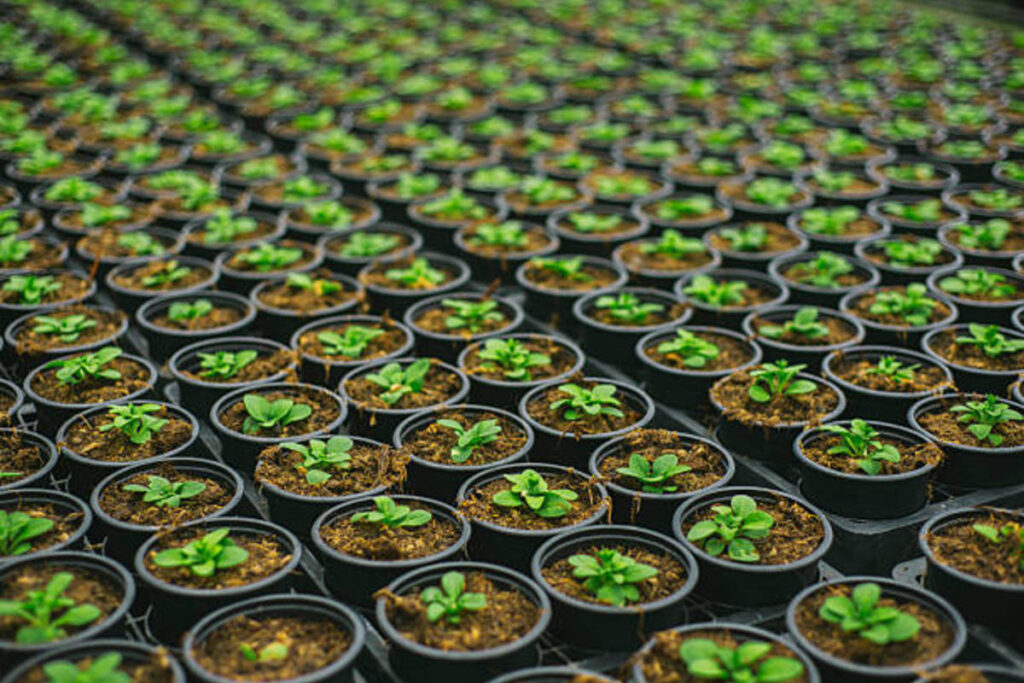
Project
Establishment of a Seedling Nursery for Critical Forest Species and Replanting for Forest Recovery and Restoration on Grand Bahama

Project
Post Dorian Assessments and Strategic Restoration of Mangroves Shorelines of the Little Bahama Bank


Project
Preventing a Coral Pandemic – Research, Monitoring, and Restoration of Reefs faced with Stony Coral Tissue Loss Disease (SCTLD) in The Bahamas
